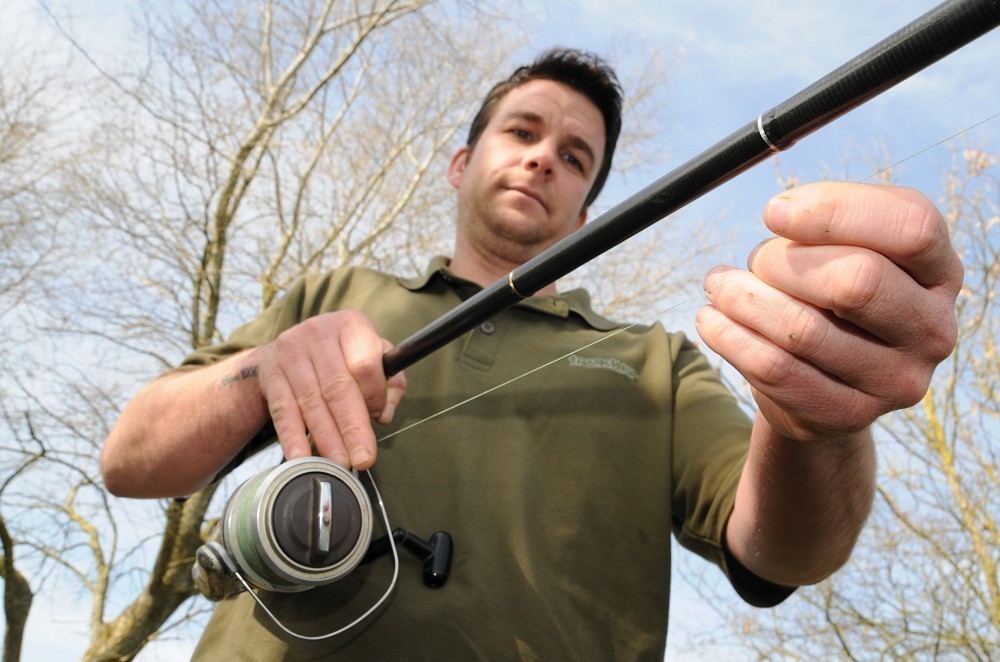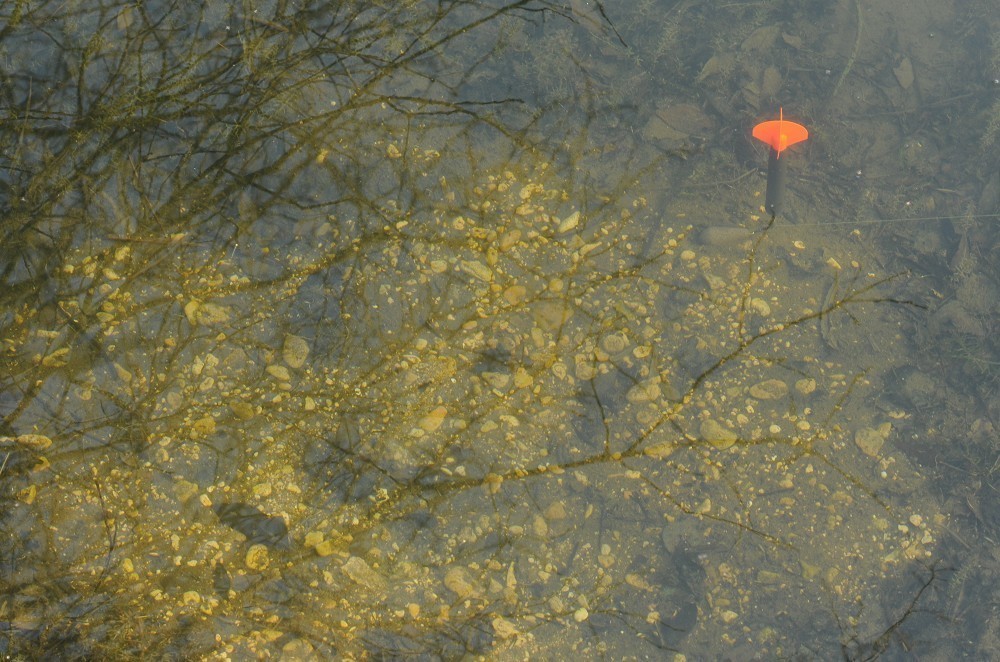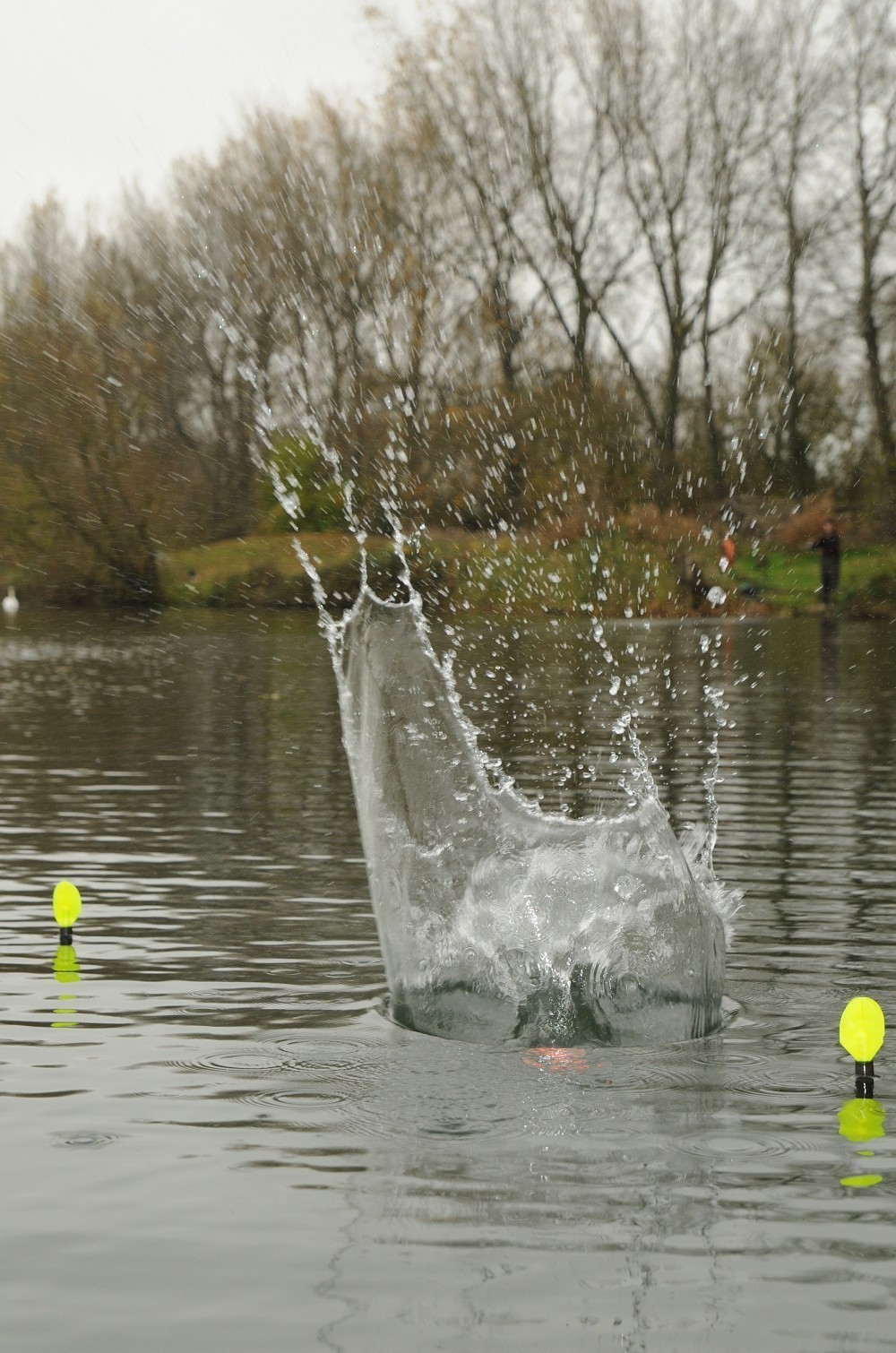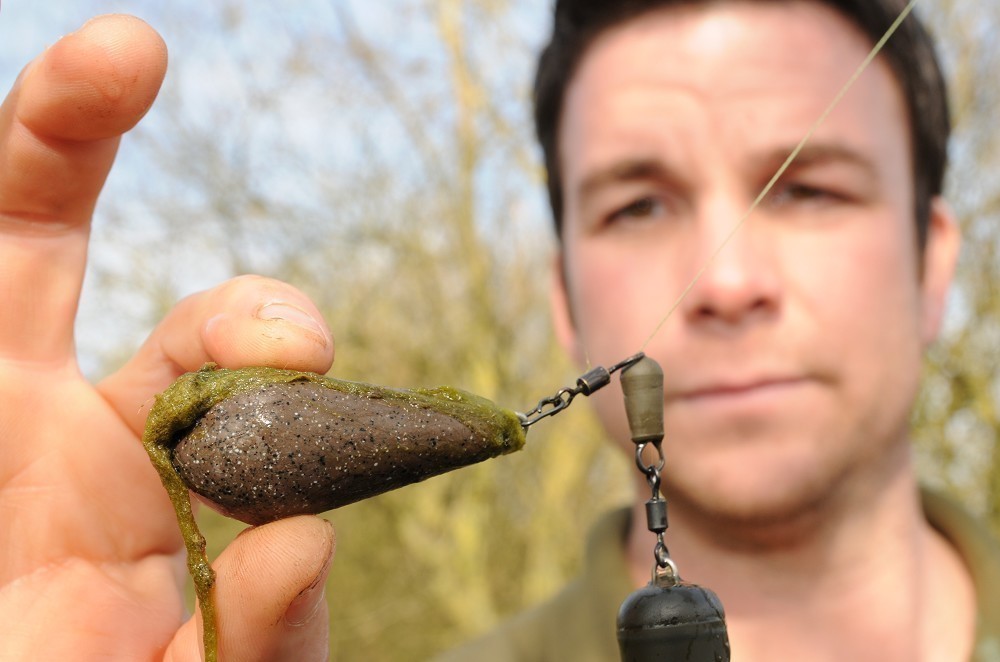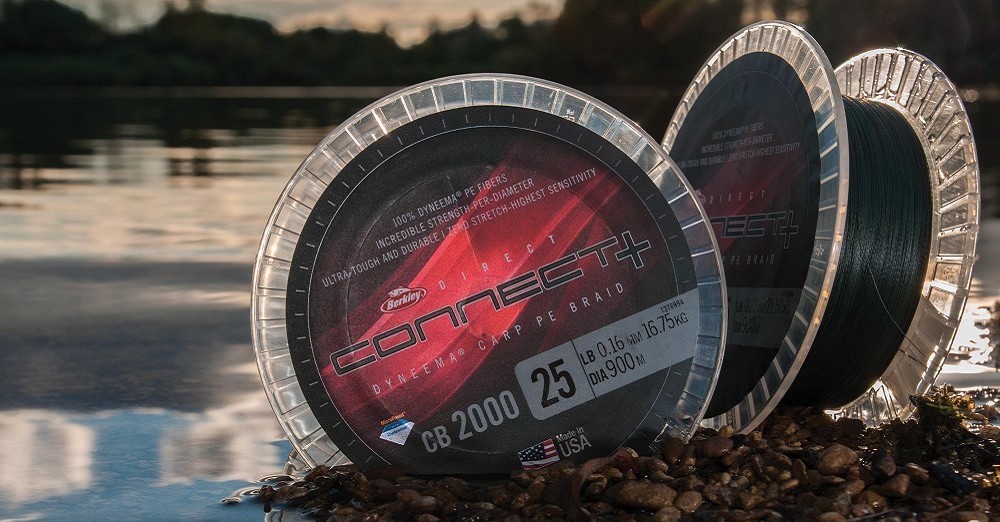
Improve your feature finding
10 steps to improving your feature finding...
1. Braid up! Mono just doesn’t cut it for feature finding, so make sure that your marker reel is loaded with braid.
2. Use your hands. If you’re really giving the spot a post-mortem then rather than using the rod to ‘feel’ the spot, point the tip directly down the line and pull the braid through the eyes with your fingers slowly. You’ll feel every stone!
3. Lose the float. If your swim is very weedy, then a float will actually make it harder to find small spots, because it’ll clog quickly. So, clip it off, cast around with a bare lead and only pop the float back on when you’ve found a spot!
4. Work slowly. There’s no need to rush this. In fact, pulling the float through too quickly will mean that you miss spots. If it gets caught in weed, pulling too hard can catapult your lead over a perfect little spot… so go slow!
5. Gravel isn’t just gravel! With braid on your reels, you can actually feel how chunky the stones are on your prospective spot. Pull back with your fingers and you can tell if it’s pea-shingle size (tiny, machine-gun rattles), or chunky (fewer, bigger bangs) which is not so good to fish on!
6. Features in silt? You may think that there are no features in silt. You’d be wrong. Take your float off and cast around the swim, looking for areas that give a firmer impact when the lead touches down. Then pop your float back on to fine-tune your fishing rods and bait up!
7. Use two rods! Ok, so most of us haven’t got two marker rods, but if you do, then it can be an edge! You can find each edge of your spot to give you a real appreciation of exactly where on the area your hook bait is landing.
8. You don’t always need a boom. Dispense with the lead boom if you’re checking for just how presentable that spot is. If the float comes up, even over weed, then you can assume that a helicopter rig and standard pop-up rig will be presented. If not, it’s a bit more choddy!
9. Leave the marker in the bag! Once you’ve settled on a spot, carefully note the wraps and clip your fishing rods and spod rod up to it. Now you can bait and fish to the spot, safe in the knowledge that you’re bang on (especially with braided reel lines!).
10. Use your eyes. You can often make sense of a swim before you even cast a float in! Take note of the marginal slope; is it steep? Shallow? This can often tell you lots about the nature of the swim. Weed beds can show up shallow water and glowing areas can be gravel feeding spots!



